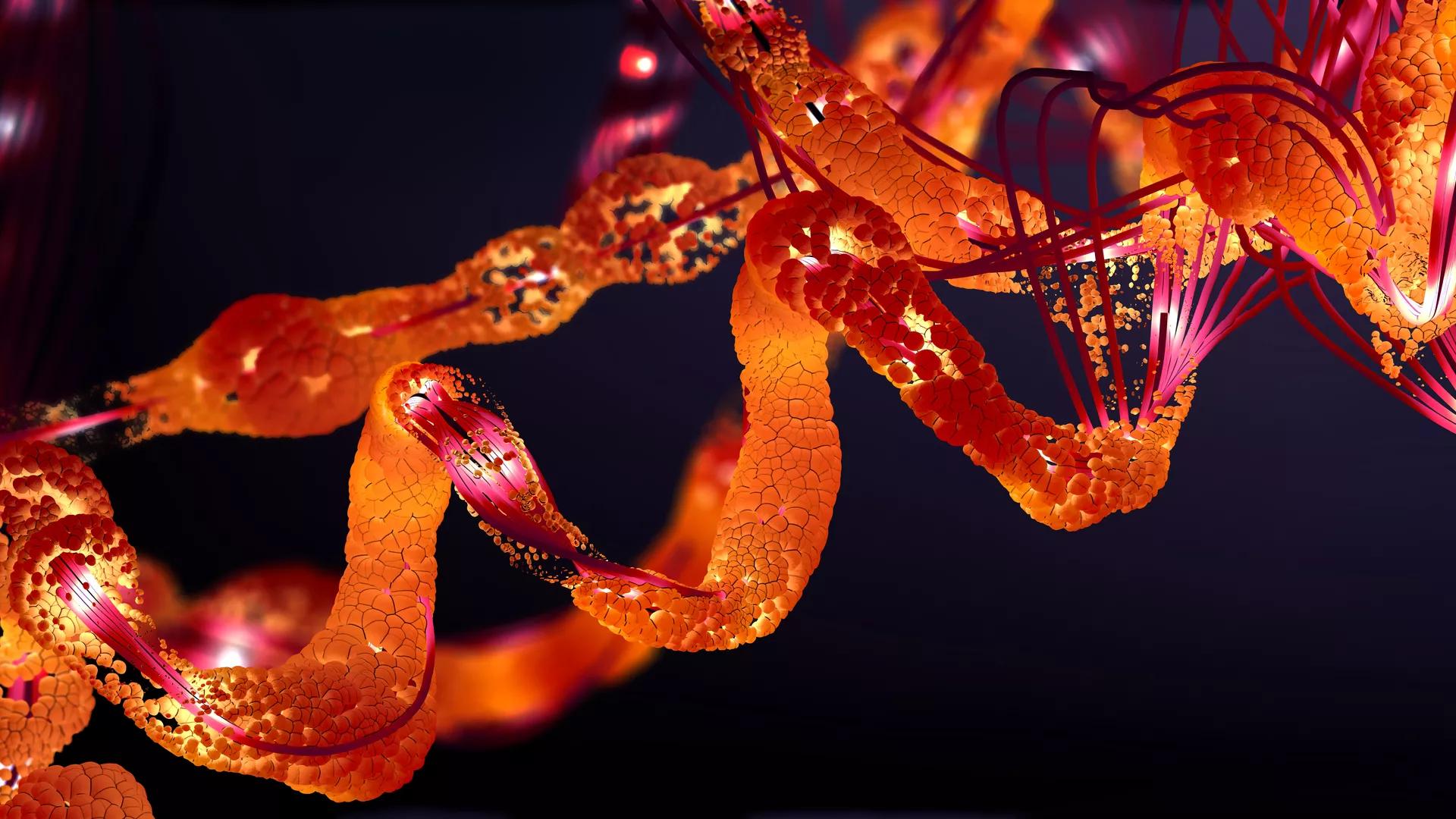Many biomolecular processes are driven by proteins binding to small isolated peptides or short linear motifs (SLiMs) embedded within full-length proteins. These protein-peptide interactions play a critical role in cellular signal transduction, antigen recognition, protein trafficking and processing, and myriad other cellular processes. Several enzymes in human cells that are validated therapeutic targets (e.g. kinases, phosphatases, proteases, and ubiquitin ligases) recognize and act on SLiMs. Many non-enzymatic protein domains (e.g. SH2, SH3, PDZ, and WW domains) also function through protein-peptide interactions and play a role in scaffolding and allosteric regulation. Natural protein-peptide interactions that drive signaling switches and trafficking pathways are often low affinity and transient, making it challenging to dissect molecular mechanisms of recognition and selectivity. This is not always the case, however, as exemplified by peptide binding to MHC molecules and hormone receptors, which constitute high affinity interactions but pose their own challenges to structure prediction and ligand design.
The rise of high throughput techniques (e.g. phage/yeast/bacterial display and combinatorial peptide library synthesis and screening) has dramatically increased our understanding of target recognition by peptide-binding domains. In addition, structure determination methods, particularly X-ray crystallography and NMR spectroscopy, have been used to elucidate thousands of protein-peptide interactions, providing deep insights into the stereo-electronic features of these biomolecular complexes. These advances, when complemented by computational structure prediction, de novo protein/peptide design, and machine learning, afford robust modeling and design of protein-peptide interactions.
The aim of this Research Topic is to spotlight research at the interface of protein-peptide structure, selectivity, and design. Articles that utilize computational, structural, and/or biochemical assays to describe a naturally-occurring protein-peptide interaction are welcomed, as are successful examples of designed peptides that interact with a protein target. Specifically, this Research Topic will include articles that:
(1) describe the stereochemistry of protein-peptide interactions,
(2) investigate selectivity in protein-peptide interactions, or,
(3) design peptides
that are relevant in cell signaling or that affect human health and disease. Taken together, this issue of Frontiers in Molecular Biosciences, entitled “Protein-Peptide Interactions: Structure, Selectivity, and Design”, celebrates recent work in this growing field at the interface of structural biology, biochemistry, and chemical biology. This issue falls within the Structural Biology scope at Frontiers in Molecular Biosciences, and will accept the following article types: Brief Research Report, Mini Review, Original Research, and Review and Technology.
Many biomolecular processes are driven by proteins binding to small isolated peptides or short linear motifs (SLiMs) embedded within full-length proteins. These protein-peptide interactions play a critical role in cellular signal transduction, antigen recognition, protein trafficking and processing, and myriad other cellular processes. Several enzymes in human cells that are validated therapeutic targets (e.g. kinases, phosphatases, proteases, and ubiquitin ligases) recognize and act on SLiMs. Many non-enzymatic protein domains (e.g. SH2, SH3, PDZ, and WW domains) also function through protein-peptide interactions and play a role in scaffolding and allosteric regulation. Natural protein-peptide interactions that drive signaling switches and trafficking pathways are often low affinity and transient, making it challenging to dissect molecular mechanisms of recognition and selectivity. This is not always the case, however, as exemplified by peptide binding to MHC molecules and hormone receptors, which constitute high affinity interactions but pose their own challenges to structure prediction and ligand design.
The rise of high throughput techniques (e.g. phage/yeast/bacterial display and combinatorial peptide library synthesis and screening) has dramatically increased our understanding of target recognition by peptide-binding domains. In addition, structure determination methods, particularly X-ray crystallography and NMR spectroscopy, have been used to elucidate thousands of protein-peptide interactions, providing deep insights into the stereo-electronic features of these biomolecular complexes. These advances, when complemented by computational structure prediction, de novo protein/peptide design, and machine learning, afford robust modeling and design of protein-peptide interactions.
The aim of this Research Topic is to spotlight research at the interface of protein-peptide structure, selectivity, and design. Articles that utilize computational, structural, and/or biochemical assays to describe a naturally-occurring protein-peptide interaction are welcomed, as are successful examples of designed peptides that interact with a protein target. Specifically, this Research Topic will include articles that:
(1) describe the stereochemistry of protein-peptide interactions,
(2) investigate selectivity in protein-peptide interactions, or,
(3) design peptides
that are relevant in cell signaling or that affect human health and disease. Taken together, this issue of Frontiers in Molecular Biosciences, entitled “Protein-Peptide Interactions: Structure, Selectivity, and Design”, celebrates recent work in this growing field at the interface of structural biology, biochemistry, and chemical biology. This issue falls within the Structural Biology scope at Frontiers in Molecular Biosciences, and will accept the following article types: Brief Research Report, Mini Review, Original Research, and Review and Technology.
